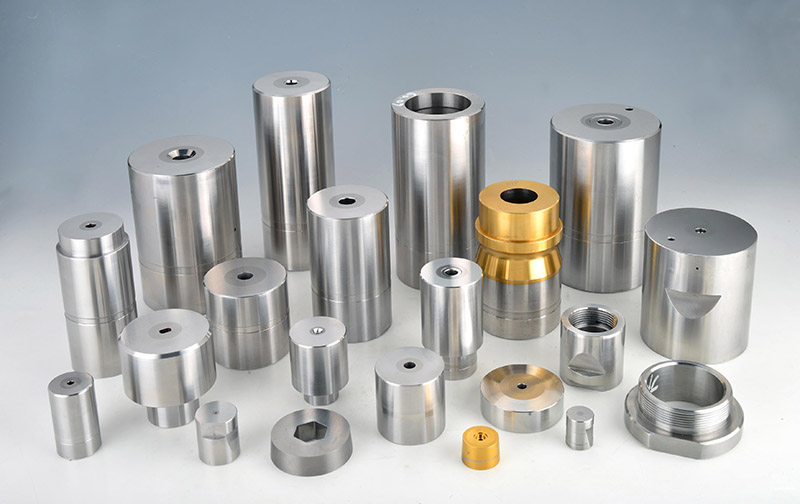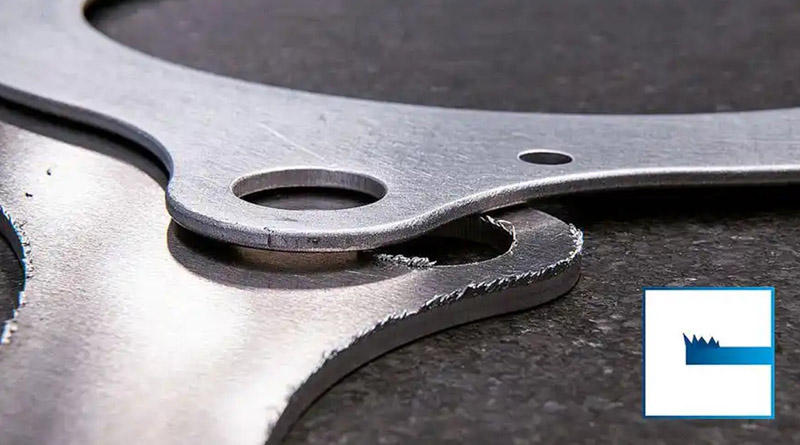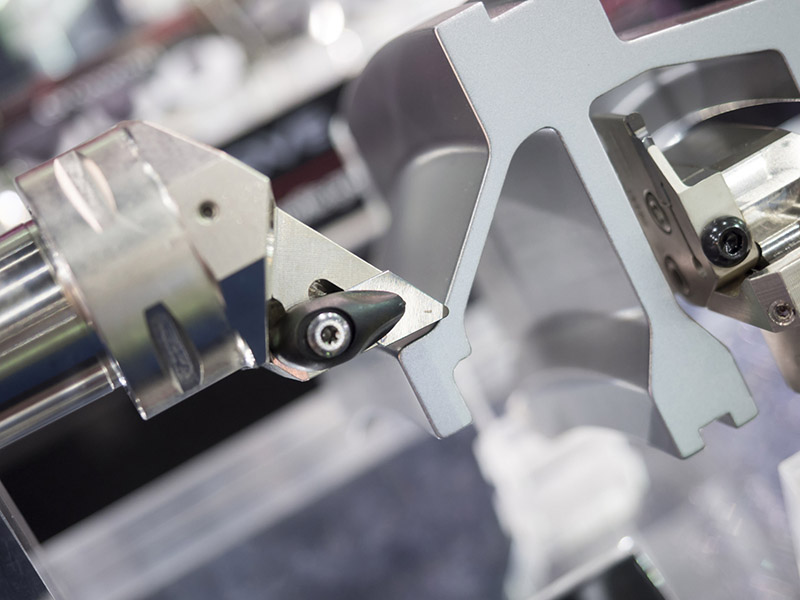In the world of sheet metal fabrication, deburring is an essential process that plays a critical role in ensuring the quality, safety, and functionality of the finished product.
Burrs—small, rough edges or protrusions left after cutting, drilling, or punching metal—are a common byproduct of the fabrication process. While they may seem like minor imperfections, they can significantly impact the performance and longevity of the final component.

Therefore, deburring, the process of removing these unwanted edges, is crucial for producing high-quality, reliable products.
Deburring refers to the process of removing burrs or sharp edges that form on the metal workpiece during cutting, grinding, or other machining operations. These burrs are typically formed when the metal is sheared, punched, or machined, leaving behind jagged edges or raised metal that can be hazardous or impede the functionality of the component. Deburring can be done manually or using automated machinery, and the choice of method often depends on the complexity and volume of the parts being produced.

One of the most significant reasons for deburring is safety. Burrs are sharp and can cause injuries to workers during handling, assembly, or packaging. These sharp edges can easily cut skin, creating a safety hazard that should not be overlooked in any manufacturing environment. By removing burrs, manufacturers can create safer working conditions and reduce the risk of accidents in the workplace.
In sheet metal fabrication, the appearance of the final product can be just as important as its functionality. Burrs left on a metal surface can make a product look unfinished or poorly manufactured. This is especially crucial in industries like automotive, aerospace, or electronics, where the visual appeal of components matters. Deburring ensures that the product has smooth, clean edges that are visually appealing and convey a sense of high-quality craftsmanship.
Burrs can interfere with the proper assembly of components, as they may prevent parts from fitting together correctly. For example, burrs can hinder the installation of screws or fasteners, causing misalignment and affecting the integrity of the final assembly. Furthermore, burrs may interfere with the movement of mechanical parts or machinery, potentially leading to malfunctions or decreased performance. Deburring ensures that each component fits precisely, improving the overall functionality and performance of the finished product.
Burrs can cause unnecessary wear on machinery, tooling, and other components during the manufacturing process or while in service. When burrs come into contact with other parts, they can cause friction, which leads to premature wear or even damage. In automotive or aerospace applications, for example, burrs can accelerate the degradation of moving parts, potentially leading to expensive repairs or even failure. By removing burrs, the durability and longevity of the product are significantly improved, reducing maintenance costs and increasing the overall lifespan of the component.
Many industries, including automotive, aerospace, and medical, have strict regulations and standards that govern the quality and safety of manufactured products. These standards often require that metal parts be free of burrs to meet quality assurance guidelines. Deburring helps manufacturers ensure that their products meet these stringent requirements and pass necessary inspections, preventing costly rework or delays in production.
Deburring can be performed using a variety of methods, depending on the material, the part's geometry, and the desired outcome. Some of the most common deburring techniques include:

This method involves using hand tools such as files, brushes, or rotary tools to remove burrs. While it is labor-intensive, it can be effective for small batches or complex parts.
This technique uses abrasive materials, such as sandpaper or abrasive belts, to smooth out burrs. It is commonly used for larger parts or when a smoother finish is required.
In this method, parts are placed in a vibrating tumbler with abrasive media. The vibrations cause the parts to rub against each other, removing burrs and smoothing surfaces. This is ideal for large volumes of parts.
For high-volume production, automated deburring machines, such as CNC deburring machines or laser deburring systems, can be used to remove burrs efficiently and with high precision. These machines are often programmed to perform deburring operations automatically, reducing labor costs and ensuring consistent results.